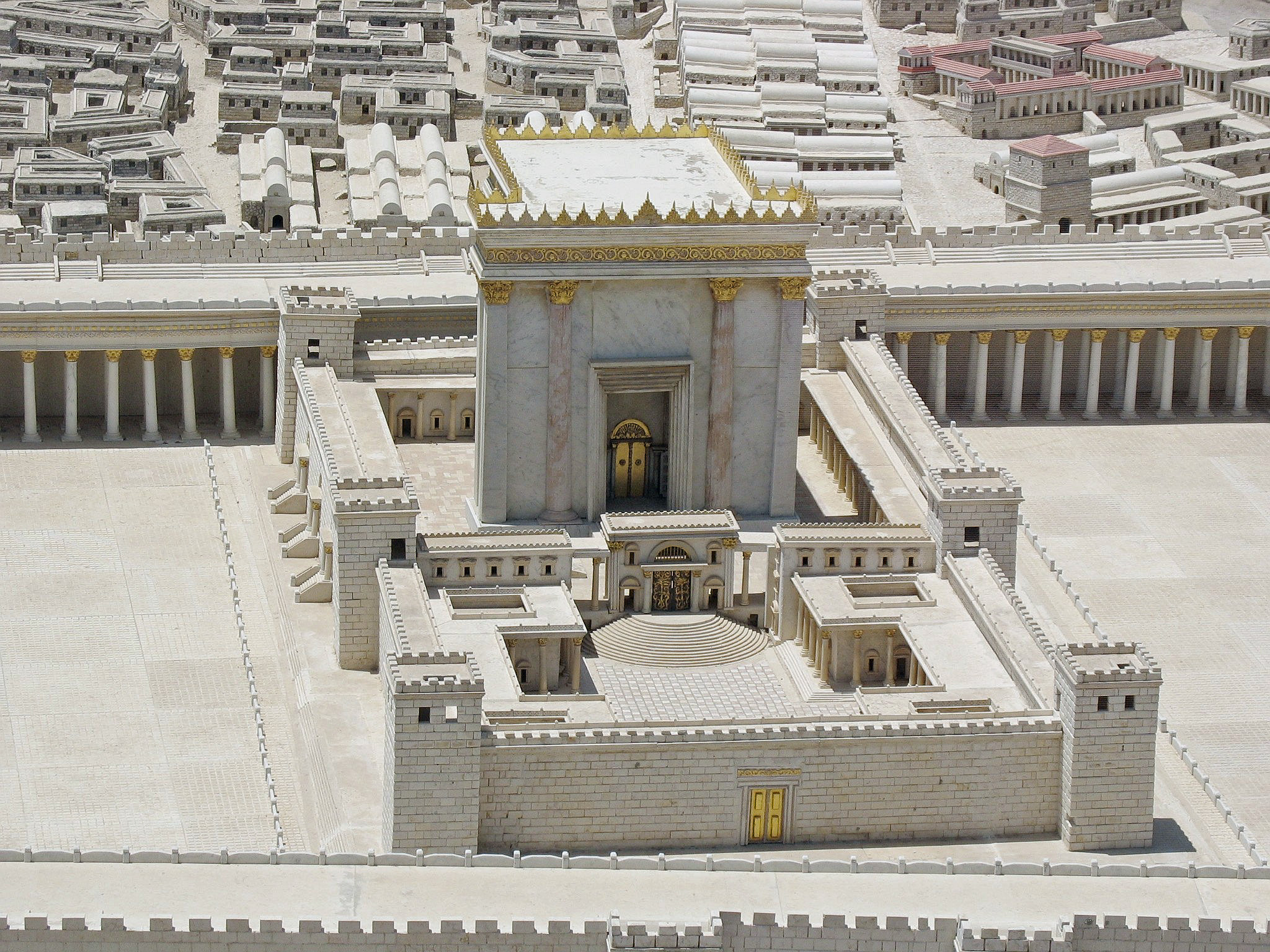by Andy Woods
– I recently returned from a trip to Israel. While there I enjoyed an extensive tour of the Temple Mount with Dr. Randall Price and World of the Bible Ministries. Thus, I have been thinking quite a bit lately about the biblical temples. It seems to me that the various Jerusalem temples described in the Bible represent one of the great unifying themes of Scripture. They represent God’s past, present, and future hand in history. Thus, one way to get a perspective on what God has done, is doing, and will do, is to become familiar with the various temples of Scripture. To this end, last week I began a survey concerning what the Bible teaches on this important subject. To begin with, it is helpful to understand the fourJewish temples. Two of these temples existed in past Jewish history. Two of these temples will exist in Israel’s future.
My previous article gave a brief overview of the first two historical temples. That article concluded by noting that the Scripture predicts a coming third temple that will be desecrated by the Antichrist. Although the Scripture clearly predicts the reality of the coming third temple in the Tribulation period (Dan. 9:27; Matt. 24:15; 2 Thess. 2:4; Rev. 11:1-2), much debate persists concerning how this temple will actually be rebuilt. This article and the next one will briefly explore some of these issues.
Not A Spiritual Temple
Revelation 11:1-2 says, “I was given a reed like a measuring rod and was told, ‘Go and measure the temple of God and the altar, and count the worshipers there. But exclude the outer court; do not measure it, because it has been given to the Gentiles. They will trample on the holy city for 42 months” (italics added). Notice that in Revelation 11:1 John was told to measure the temple. According to Ezekiel 40:3ff and Zechariah 2:1ff, when God measures something, He is ascertaining the spiritual depth of His people. Many commentators believe that God is telling John to measure the Tribulation temple to demonstrate that this third temple will be built out of Jewish nationalistic pride rather than for genuine spiritual reasons. Remember, at the point in the Tribulation period when John describes the third temple, the nation of Israel as a whole will still be in unbelief. This unbelief explains why John, just a few verses later, analogizes Jerusalem’s spiritual condition to the depravity of Sodom and the bondage of Egypt (Rev. 11:8). This unbelief explains why their decision to rebuild this temple will be motivated by something other than a sincere and genuine desire to glorify God.
Times of the Gentiles
In Revelation 11:2, John was also told that the outer courts of the temple and the holy city of Jerusalem will be trampled by the Gentiles for 42 months. This is a reference to the Times of the Gentiles which is also mentioned in Luke 21:24. That text says, “…Jerusalem will be trampled on by the Gentiles until the times of the Gentiles are fulfilled.” The Times of the Gentiles refers to the time period when the pagan nations of the world are able to influence or dominate Israel and Jerusalem through the application of political pressure (Dan. 2; 7). The Times of the Gentiles began when the pagan power Babylon conquered Israel and took the Jews into captivity in 586 B.C. Even after the Jews returned from Babylonian captivity, they continued to be manipulated by more powerful Gentile nations. Rome eventually occupied the land of Israel just prior to the time of Christ and then invaded Jerusalem in A.D. 70. When Israel became a nation again in 1948, she continued to face attack and enormous pressure from her hostile Arab neighbors. Even after the Jews regained control of Old Testament Jerusalem, the Jews surrendered control of the original temple mount to the Arabic Muslims in an attempt to appease them. The Arabs consequently have remained the present political custodians of the temple mount. Today’s international community continues to place enormous pressure on Israel in an attempt to get her to surrender more of her land to her hostile Arab neighbors. When Revelation 11:2 says that the outer courts of the temple and the holy city of Jerusalem will be trampled by the Gentiles for 42 months, we learn that the pagan nations will continue to dominate Israel and the temple courts even during the Tribulation period. This situation will not change until the second forty-two months of the Tribulation period have expired and Jesus returns to liberate national Israel and establish His kingdom in Jerusalem. Then and only then will the Gentile nations no longer be able to influence and pressure Israel. In other words, only when Christ returns will the Times of the Gentiles have concluded. Thus, the Times of the Gentiles, or the era when Israel is dominated by the world’s pagan nations, represents the period between the Babylonian conquest of 586 B.C. and the second coming of Christ. Although the Scripture clearly predicts the reality of the coming third temple of the Tribulation period, much debate persists concerning how this temple will actually be rebuilt. My next article will explore some of these issues.
